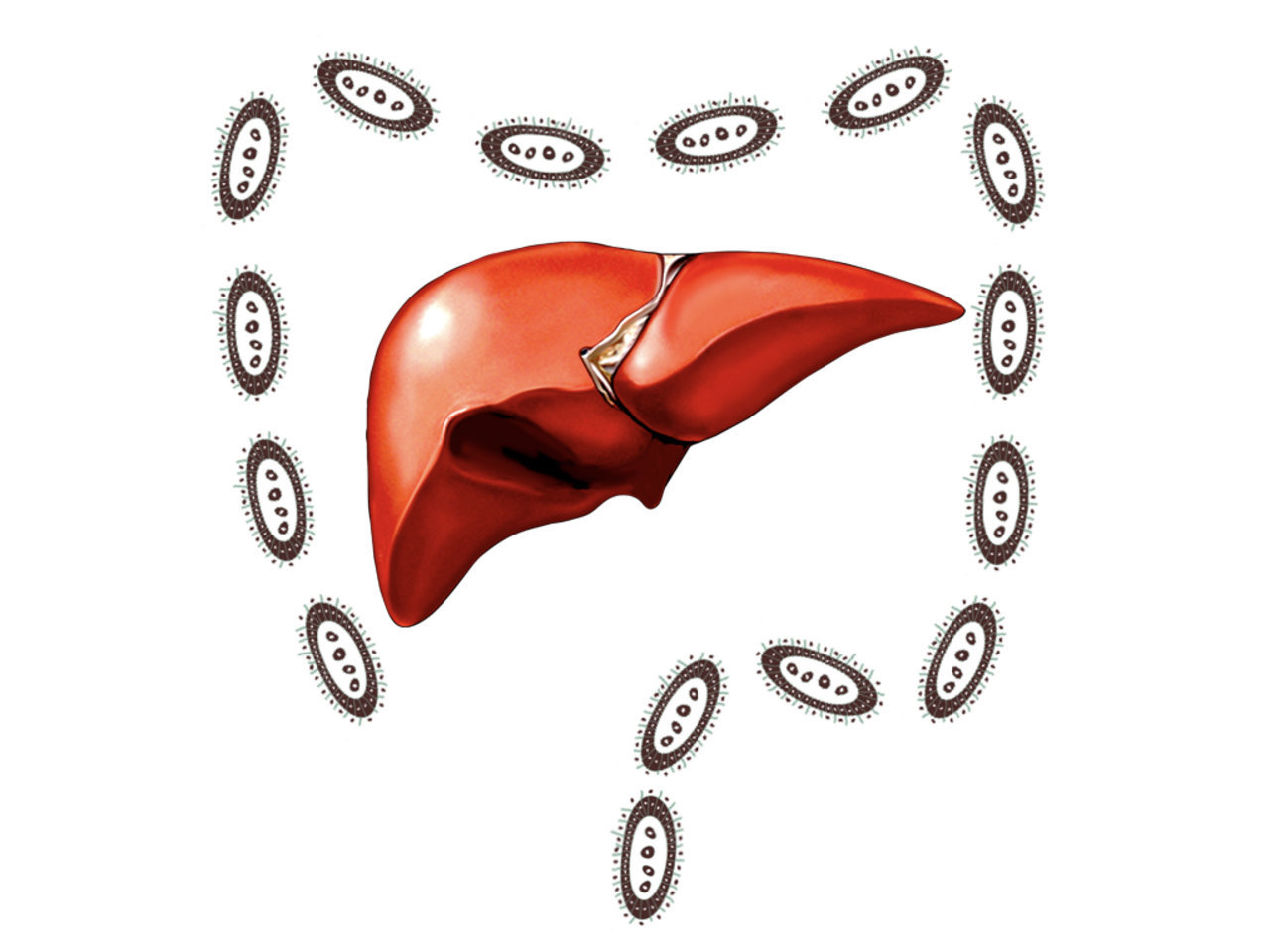The paper in Nature Reviews Gastroenterology & Hepatology is here: https://rdcu.be/N3IW
By now, we have come to appreciate that our lifestyles have dramatically shifted from that of our ancestors — and rather suddenly, in the context of evolutionary time. We did not evolve to spend most of our times sitting indoors, staring at computer screens, overindulging in processed food, alcohol (and Netflix) while worrying about unanswered emails and slipping deadlines. Put in evolutionary terms, we are encountering new sources of stresses that we were not optimized to tackle. Therefore, it is unfortunately not surprising that lifestyle diseases such as Type 2 diabetes, chronic liver disease, heart disease, obstructive pulmonary disease and many forms of cancer are on an all-time rise.1
We view ourselves as superorganisms 2, which extends our blinkered view of ‘self’ to include our microbiota — the diverse and dynamic microbial communities living on and within us. With it comes the appreciation that our genome coevolved with our microbiome (genetic pool of the microbiota), supporting and complementing us with a plethora of physiological functions (such as nutrient absorption from diet, protection from pathogens etc.) With our starkly altered lifestyles, these microbial commensals face novel stresses too and respond to it in unexpected ways, largely contributing to our overall well-being.
I’m excited to share our review (available at https://rdcu.be/N3IW), where we discuss the role of our intestinal microbiome in different forms of lifestyle-associated liver diseases that are increasingly afflicting more people globally.3 With rapid technological developments in DNA sequencing, experimentation and computation, we have made remarkable discoveries by probing the gut microbiome in a spectrum of liver disorders ranging from alcoholic and non-alcoholic steatohepatitis to their advanced forms — cirrhosis and hepatocellular carcinoma. Until now, research on these individual forms had been done rather independently. One of the goals behind this paper was to bring together a panel of experts working on different manifestations of liver disease to highlight common microbiome-associated themes that have emerged out of their respective fields. For example, alterations in bile acids and metabolism of dietary choline, ‘leaky’ gut and systemic inflammation — which are all linked to changes in the gut microbiota — are shared along the spectrum of liver diseases. By bringing together these dispersed findings, we hope to establish an integrated viewpoint for understanding the precise etiology of these complex diseases. The process of scientific discovery is best captured in these words by Donald Rumsfeld, “There are known knowns. There are things we know that we know. There are known unknowns. That is to say, there are things that we now know we don't know. But there are also unknown unknowns. There are things we do not know we don't know.” With such integrated efforts, the known knowns in one form of liver disease could guide the identification of known unknowns in others — together shrinking the unknown unknowns overall.
Ongoing research is geared towards finding microbiome-based biomarkers and therapeutic targets for liver disease — larger homogenous cohorts, consistent experimental designs and reproducible analysis schemes will be crucial before this can be translated to routine clinical practice. One of my motivations to study the microbiota in metabolic diseases is that if we could predict the response of our microbiome to various stresses, the therapeutic solutions could be as simple as lifestyle changes, dietary interventions, and pre- and probiotics. In other words, with the help of our evolutionary companions, we may be able to navigate back to fitness! (pun intended)
The paper in Nature Reviews Gastroenterology & Hepatology is here: https://go.nature.com/2KreTqX
References
1. Moore, J. X., Chaudhary, N. & Akinyemiju, T. Metabolic Syndrome Prevalence by Race/Ethnicity and Sex in the United States, National Health and Nutrition Examination Survey, 1988–2012. Prev. Chronic Dis. 14, (2017).
2. The Human Microbiome Project Consortium. Structure, function and diversity of the healthy human microbiome. Nature 486, 207–214 (2012).
3. QuickStats: Death Rates* for Chronic Liver Disease and Cirrhosis, by Sex and Age Group - National Vital Statistics System, United States, 2000 and 2015. MMWR Morb. Mortal. Wkly. Rep. 66, 1031 (2017).





Please sign in or register for FREE
If you are a registered user on Research Communities by Springer Nature, please sign in